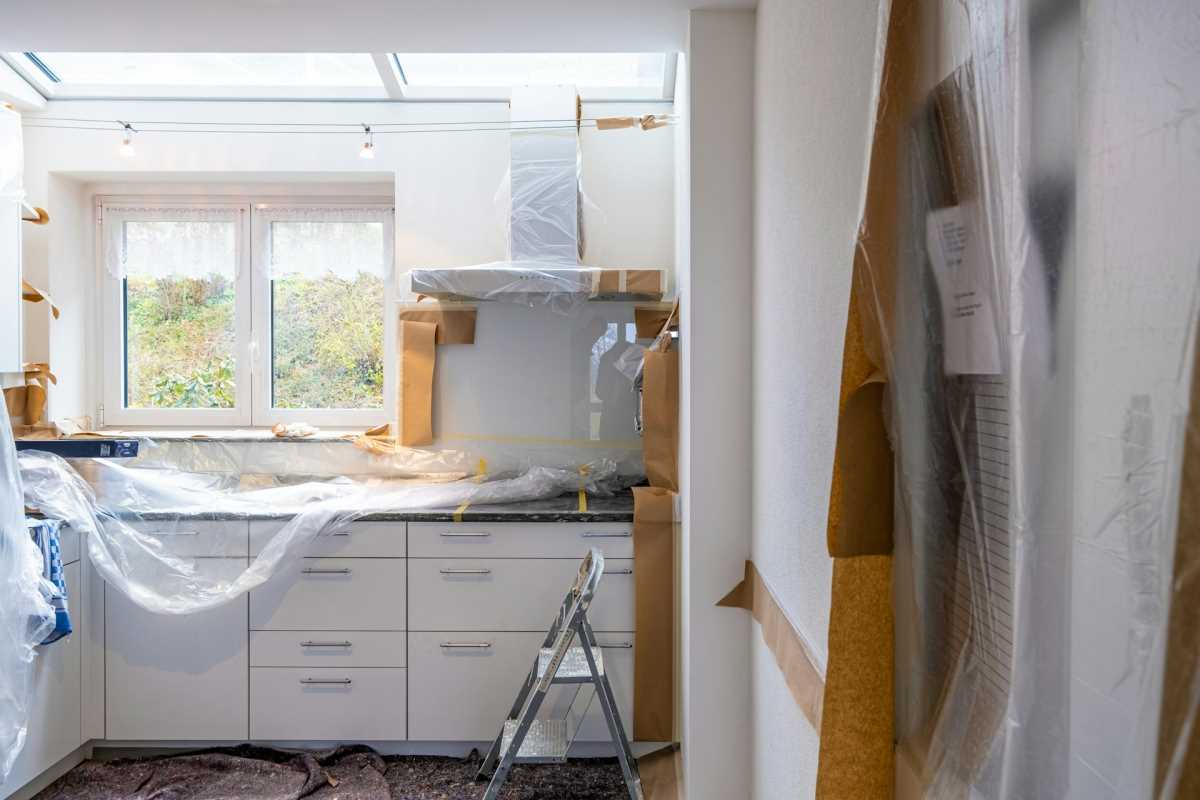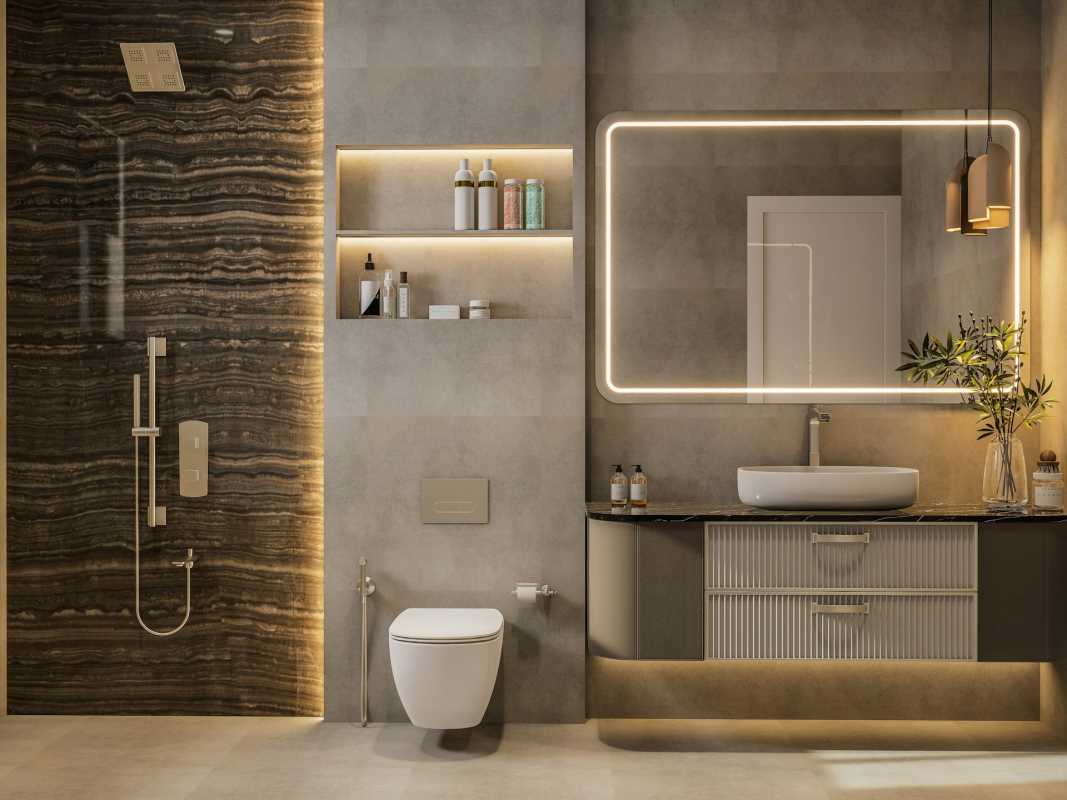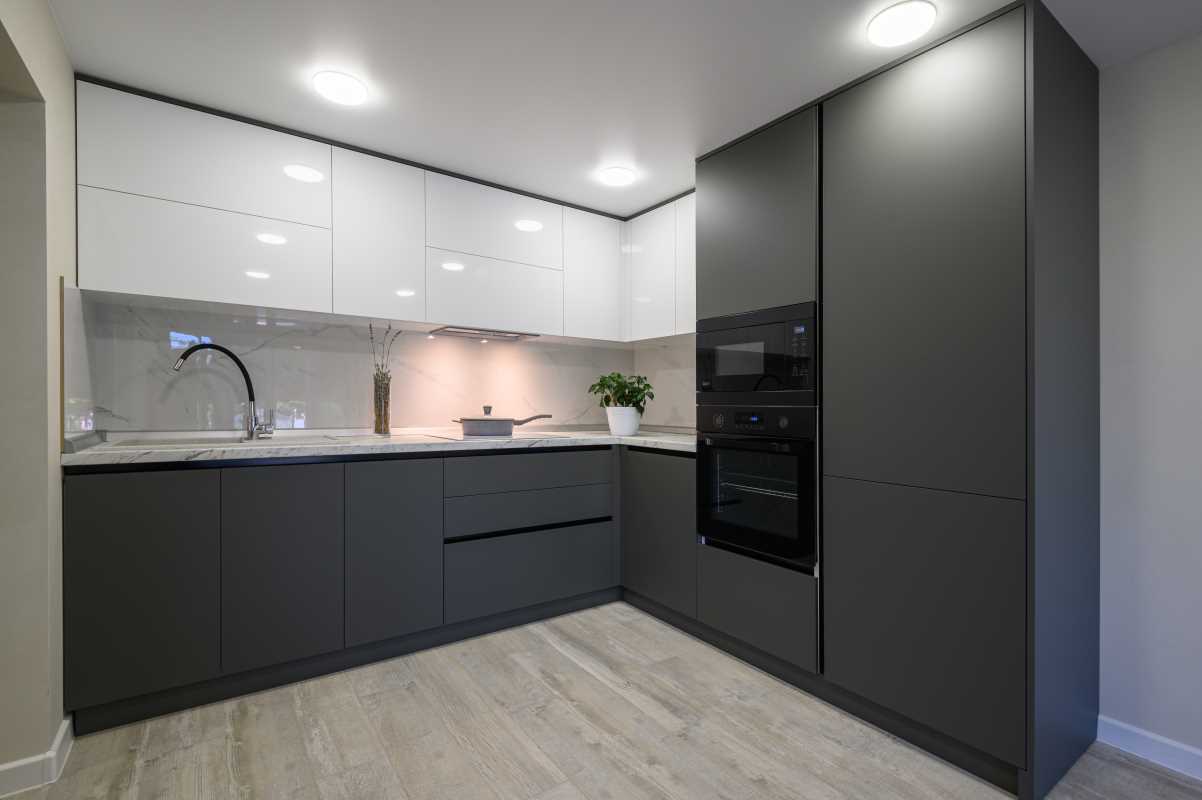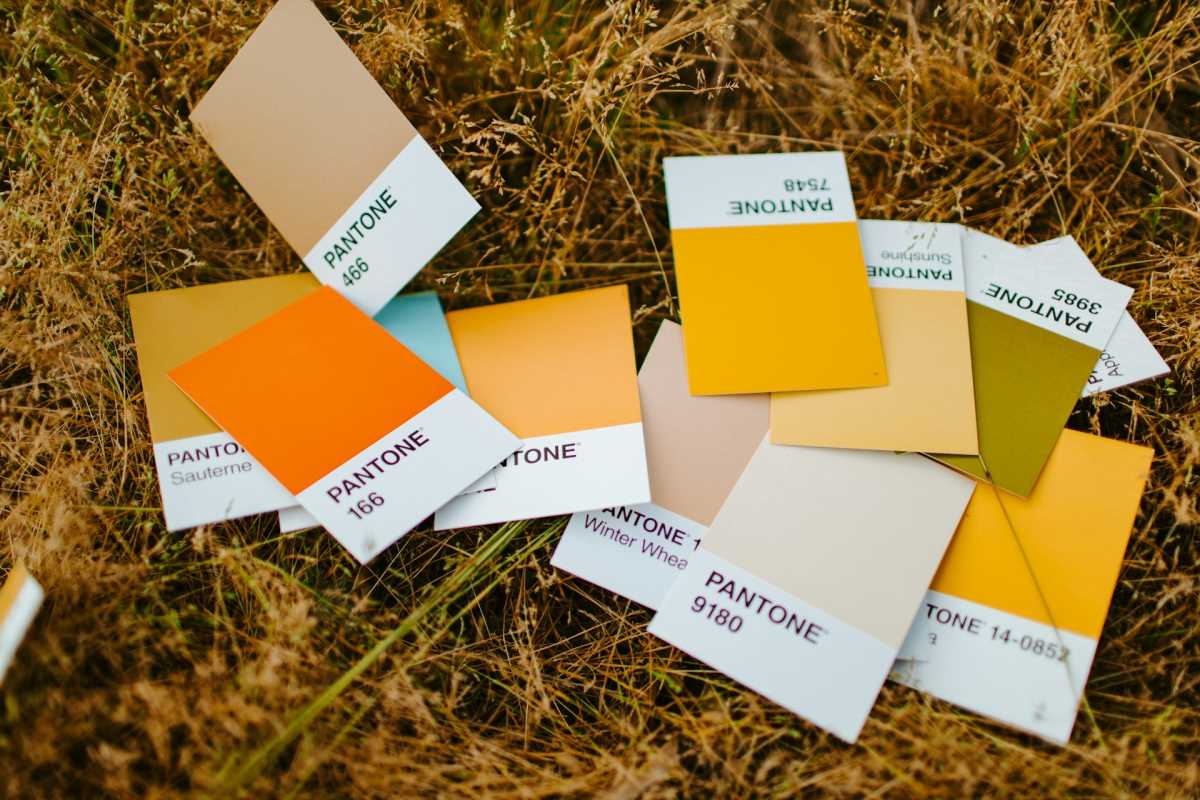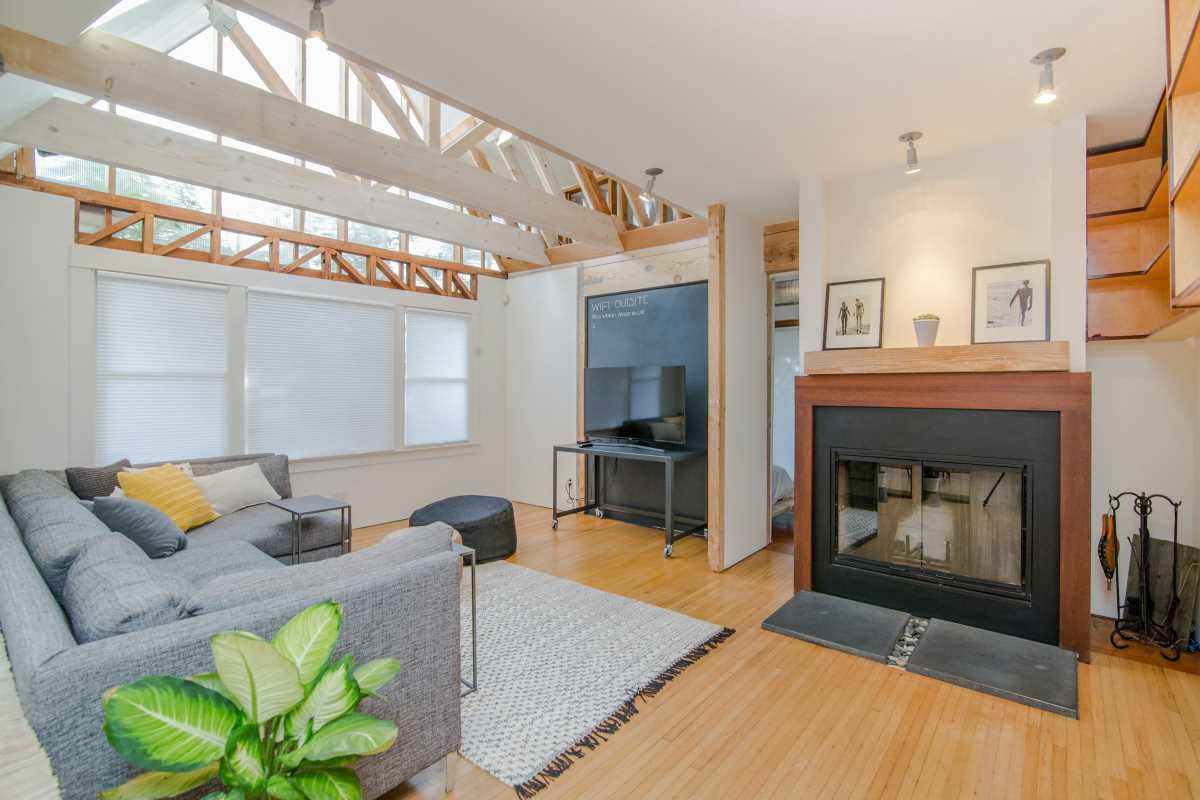Your garage may just be your home’s most underused space, but it holds incredible potential. Whether you’re looking to accommodate guests, build your dream office, or add value to your property, converting your garage into a functional living area is a fantastic way to expand usable square footage.
The best part? Garage conversions are often more cost-effective than building an addition, and with the right plan, you can turn this overlooked space into something truly special. Here are ideas, tips, and key considerations to help you unlock your garage’s potential.
Why Convert Your Garage?
Garage conversions appeal to homeowners for a range of reasons. Not only do they create additional living space, but they can also significantly increase a property’s resale value. Here’s why it’s worth considering this transformation:
- Cost-Effectiveness: Use an existing structure to save on foundation and framing costs common in home additions.
- Accessibility: With a little creativity, your garage can seamlessly connect with your main living area.
- Multi-Functionality: The space can serve various needs, from housing guests to supporting a business.
With benefits like these, converting your garage might just be the game-changer your home needs!
1. Plan Ahead for a Smooth Transformation
Before you jump into the fun part (designing your new space), proper planning lays the foundation for a successful conversion. Here’s what to focus on at this stage:
Check Local Zoning and Permit Requirements
- Permits Matter: Many cities require permits for garage conversions, especially if you’re adding plumbing or wiring. Contact your local planning office to get the details.
- Zoning Restrictions: Some neighborhoods regulate what types of conversions are allowed, so ensure your plans comply.
Set a Realistic Budget
Your budget will determine the scale of your conversion. Key expenses might include flooring, windows, insulation, and HVAC additions, so be realistic about what you can afford.
Consider the Layout
Are you removing the garage door entirely? Adding new windows or walls? Think about the best way to divide the space while preserving natural light and functionality.
2. Functional Ideas for Garage Conversions
The beauty of a garage conversion is its flexibility. Depending on your needs and creativity, this space can take on countless forms. Below are some of the most popular and practical ideas.
Home Office for Productivity
With remote work becoming a bigger part of life, a garage home office is both practical and inspiring.
- Key Features: Add built-in bookshelves, a large desk, and ergonomic furniture.
- Lighting Tips: Use natural light wherever possible, and install task lighting to avoid eye strain.
- Soundproofing: Add insulation and drywall to minimize noise from the outside or other parts of the house.
Guest Suite for Visitors
Create a cozy, private retreat for friends and family by transforming your garage into a guest suite.
- Sleeping Area: Opt for a comfortable daybed or Murphy bed to save space.
- Private Bathroom: If possible, include a small bathroom with a shower for added convenience.
- Small Touches: Add rugs, plush bedding, and curtains to enhance the welcoming atmosphere.
Home Gym for Wellness
Instead of expensive gym memberships, why not have a state-of-the-art workout space just steps away?
- Flooring: Install cushioned or rubberized flooring for safety and comfort.
- Equipment Storage: Use wall-mounted racks for weights, mats, and resistance bands.
- Ventilation: Keep the area fresh with a ceiling fan or portable air conditioner.
Entertainment Room for Fun
Whether it’s a home theater, game room, or space to entertain guests, a garage can be your new favorite hangout spot.
- High-Tech Upgrades: Install a projector, surround sound, and blackout curtains for a cinematic feel.
- Seating Options: Add recliners, bean bags, or sectional sofas.
- Bar Area: Include a mini-fridge and shelves for snacks and beverages.
Creative Studio
Are you an artist, writer, or musician? A garage can provide the solitude and inspiration you need.
- Customized Workspace: Create separate stations for painting, crafting, or playing instruments.
- Storage Solutions: Use cabinets, pegboards, or open shelves to organize your supplies.
- Ambiance: Hang inspirational art or quotes to fuel your creativity.
Rental or ADU (Accessory Dwelling Unit)
Transform your garage into a fully outfitted living space for long-term tenants or short-term rentals.
- Legal Requirements: Ensure compliance with local laws regarding rental properties.
- Layout Tips: Include a small kitchen, bathroom, and private entrance for a self-sufficient unit.
- Return on Investment: Rental income can create a steady revenue stream while increasing property value.
3. Design Considerations for a Polished Look
Once you’ve settled on the type of space you want, focus on design and functionality to make the garage feel like a seamless part of your home. Here are key design elements to keep in mind.
Insulation and Temperature Control
- Insulation Upgrade: Insulate walls, ceilings, and floors to maintain a comfortable temperature year-round.
- Heating/Cooling: Extend your HVAC system or install a portable unit for climate control.
Flooring Options
- Hardwood or Laminate: Warm and inviting, these materials can help the space feel less industrial.
- Vinyl or Tile: Durable and affordable, ideal for spaces like home gyms or studios.
- Concrete Stain: Sleek and modern, also easy to maintain.
Windows and Doors
- Replace the garage door with a wall of windows or sliding glass doors to bring in light.
- Opt for energy-efficient windows to regulate temperature and reduce utilities.
Lighting Matters
- Use recessed lighting to preserve ceiling height, and complement it with lamps or sconces.
- Add dimmable options for versatile moods, perfect for everything from workouts to movie marathons.
4. Pro Tips to Maximize the Space
Make the most out of your converted garage by employing smart space-saving and flexible design strategies.
- Built-In Storage: Opt for custom shelving or concealed cabinets to keep clutter at bay.
- Multi-Purpose Furniture: A daybed that doubles as seating or a coffee table with storage will help with functionality.
- Open Layout: Keep the space as open as possible to ensure good flow and utility.
5. Don’t Forget About Curb Appeal
While focusing on the interior is essential, don’t neglect the outside! A converted garage should also enhance your home’s curb appeal.
- Replace the garage door with stylish siding or large windows.
- Landscape the surrounding area with plants and lighting to draw attention to your new space.
- Match exterior colors and materials with your home’s existing look for a seamless aesthetic.
A garage conversion opens up countless possibilities for enhancing your home’s functionality and value. Whether you’re dreaming of a chic home office, a cozy guest suite, or a personal gym, the possibilities are limited only by your imagination.
 (Image via
(Image via